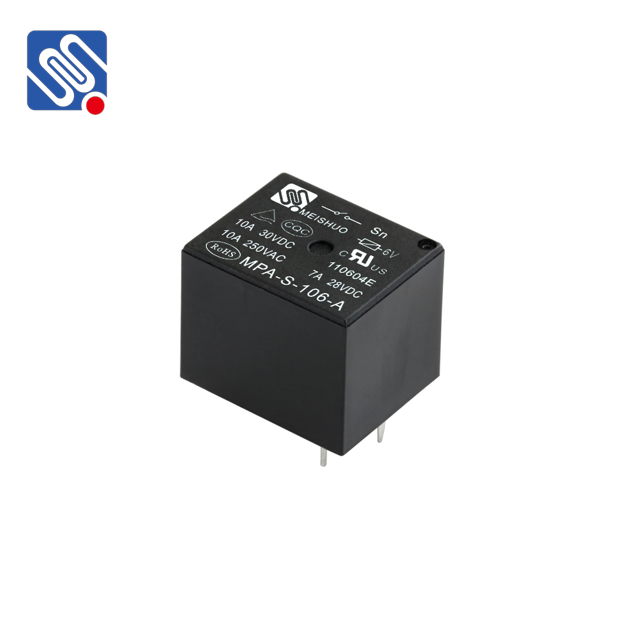Relays are essential components in a wide range of electrical systems, from household appliances to industrial machinery. These devices act as electronic switches, enabling control of high-power circuits with low-power signals. One of the key specifications of a relay is its current rating, which plays a crucial role in ensuring the safe and reliable operation of the relay. The relay current rating refers to the maximum amount of electrical current the relay can carry or switch without causing damage. This rating is vital for choosing the right relay for specific applications, ensuring safety, and enhancing system efficiency.

The Basics of Relay Current Rating The relay current rating is the maximum electrical current that a relay’s contacts can handle in normal operating conditions. It is often indicated in amperes (A) and represents both the amount of current the relay can carry while in a closed position (contact rated current) and the maximum current it can safely interrupt or switch. Relays typically have different current ratings for different types of operations, including steady-state conditions and switching conditions. There are several types of current ratings to consider: Rated Carrying Current: This is the maximum current a relay can carry continuously without exceeding its temperature limits. If a relay is subjected to higher current for an extended period, it can overheat, potentially leading to failure. It is crucial to choose a relay with a rated carrying current that matches or exceeds the requirements of the load.